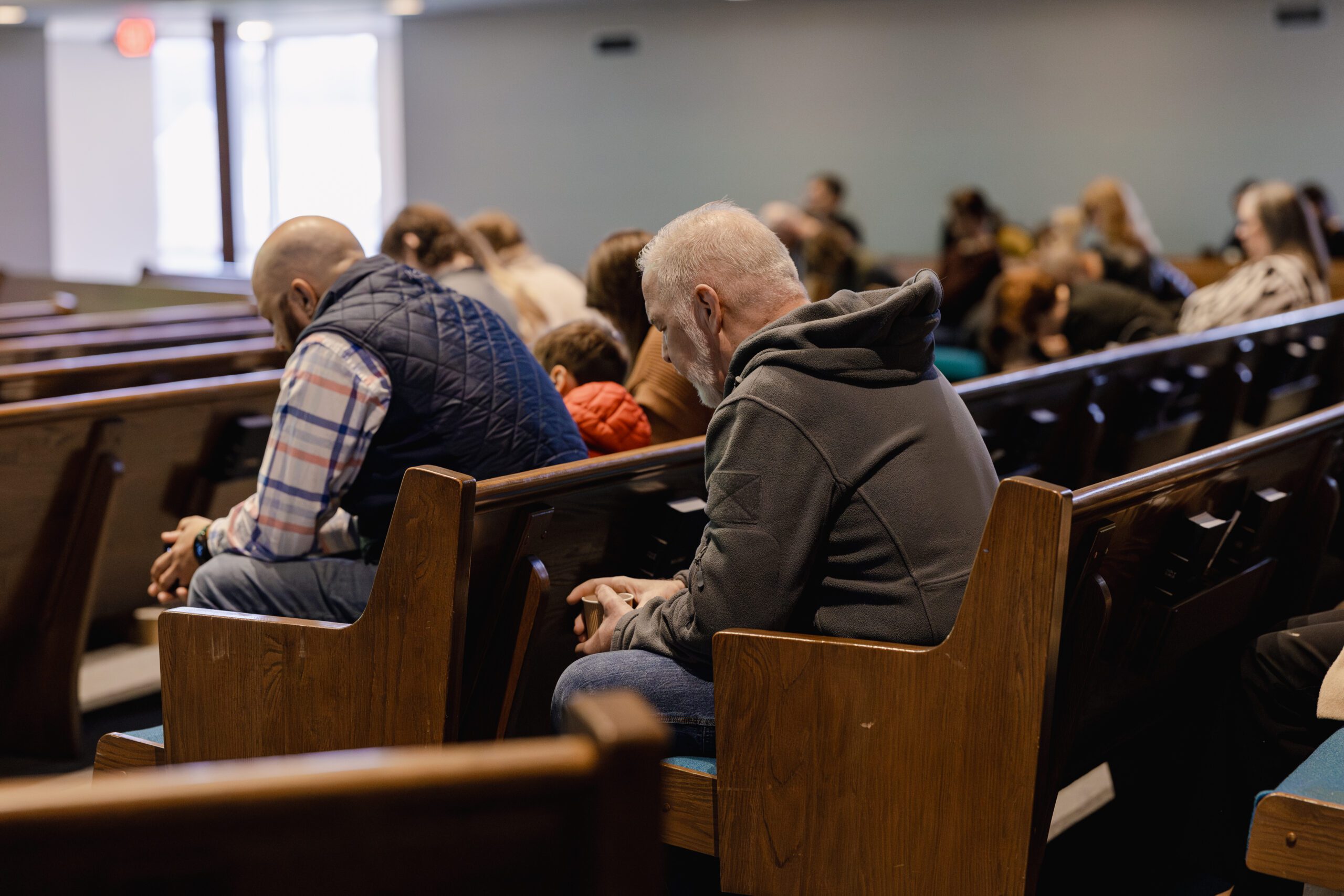5 Lessons from Leading Church Renewal: Building Trust and Embracing Change
I stepped into a new role a little over a year ago as the campus pastor at The Church at Woodbine. Some days, I feel like I’m making progress. Other days, it feels like I’m barely inching forward. Revitalization is slow, steady work. It takes time, patience, and a whole lot of trust in the Lord. Some days, I feel like I’m making progress. Other days, it feels like I’m barely inching forward.
Revitalization is slow, steady work. It takes time, patience, and a whole lot of trust in the Lord.
Early on, one of the legacy members came up to me after a Sunday service. “I got married on this stage 20 years ago,” he said, looking around the sanctuary. There was pride in his voice—deep gratitude for the history of this church. And I knew in that moment: honoring the past was just as important as casting a vision for the future.
That’s what church revitalization is. It’s not about tearing down what was or pretending the past didn’t matter. It’s about remembering the faithful work that came before us while stepping forward into what God is doing now.
I’m still learning, but here are five lessons that are becoming clear.
1. Honor the Past, Cast Vision for the Future
Every church has a history. Some of that history is thriving seasons of growth; some of it is filled with challenges. Either way, it’s important.
One of the first things I tell my congregation is this: Good gospel work was done here long before I arrived. I remind them of the people who came before, the stories of faithfulness, the years of ministry. Honoring that past builds trust.
But the church can’t live in the past. The mission is always moving forward. Part of leading revitalization is helping people see that the best days of the church aren’t just behind them—they’re still ahead.
2. Be Present & Build Trust
If you think leading a church is just about preaching great sermons and keeping the budget balanced, you’re in the wrong job. Revitalization is about relationships. It’s about showing up.
Early on, I learned that the most effective thing I could do wasn’t a strategy or a program—it was just being present. Visiting people’s homes. Attending their kids’ ball games. Showing up at their small groups.
People don’t trust a pastor they don’t know. The best way to lead them is to walk with them. It takes time, but there’s no shortcut for trust.

3. Turn Outward
A church that needs revitalization has usually spent too much time looking inward. It’s easy to get comfortable in our routines—same people, same pews, same traditions.
But Jesus didn’t call the church to be a social club. He called us to be a gospel presence in our communities.
I remind my church often: We’re not here by accident. Our address isn’t random. God put us in this neighborhood for a reason. That means engaging with the people around us. It means seeing our workplaces, schools, and grocery stores as mission fields.
A revitalized church is one that stops looking inward and starts living outward.
4. Faithfulness Before Fruitfulness
One of the hardest lessons in ministry is that growth doesn’t happen overnight. You might have big dreams and a bold vision, but revitalization takes time.
I once heard someone say, You’ll overestimate what you can do in a year and underestimate what God can do in ten. That stuck with me.
The truth is, we’re not called to manufacture results. We’re called to be faithful. Preach the Word. Shepherd people well. Pray for the lost. The fruit will come in God’s timing, not ours.

5. Develop Leaders Before Growing Bigger
Every pastor wants to see their church grow. But bigger isn’t always better—at least not at first.
Before a church can grow numerically, it has to grow in strength. That means investing in leaders. Developing disciples. Equipping people to step into new roles.
It’s tempting to focus on numbers—attendance, budgets, programs. But if you don’t have the foundation of strong leadership, growth won’t be sustainable. I remind myself often: Better before bigger. If we focus on making our church healthy, God will take care of the growth.
Moving Forward in Revitalization
Revitalization isn’t glamorous. It’s a long game. It takes patience, persistence, and a lot of trust in God.
But I’ve also seen the beauty of it. I’ve watched legacy members sit back and smile as they see new families walk through the doors. I’ve seen a church that once felt stagnant come alive again.
So if you’re in the middle of revitalization—stay faithful. Keep showing up. Keep preaching the gospel. And remember, God’s not done yet.

Hunter Melton is the Campus & Teaching Pastor at The Church at Woodbine, leading a historic congregation through a season of revitalization and gospel engagement in a diverse community. With a heart for discipleship and local mission, he is passionate about helping churches embrace their calling where God has placed them.
